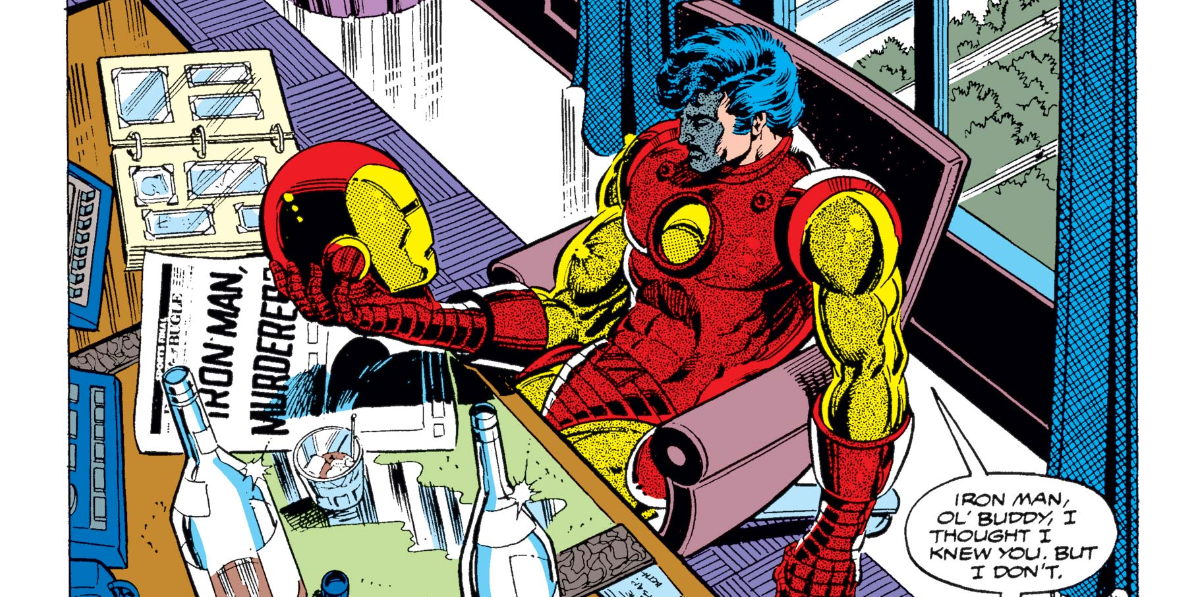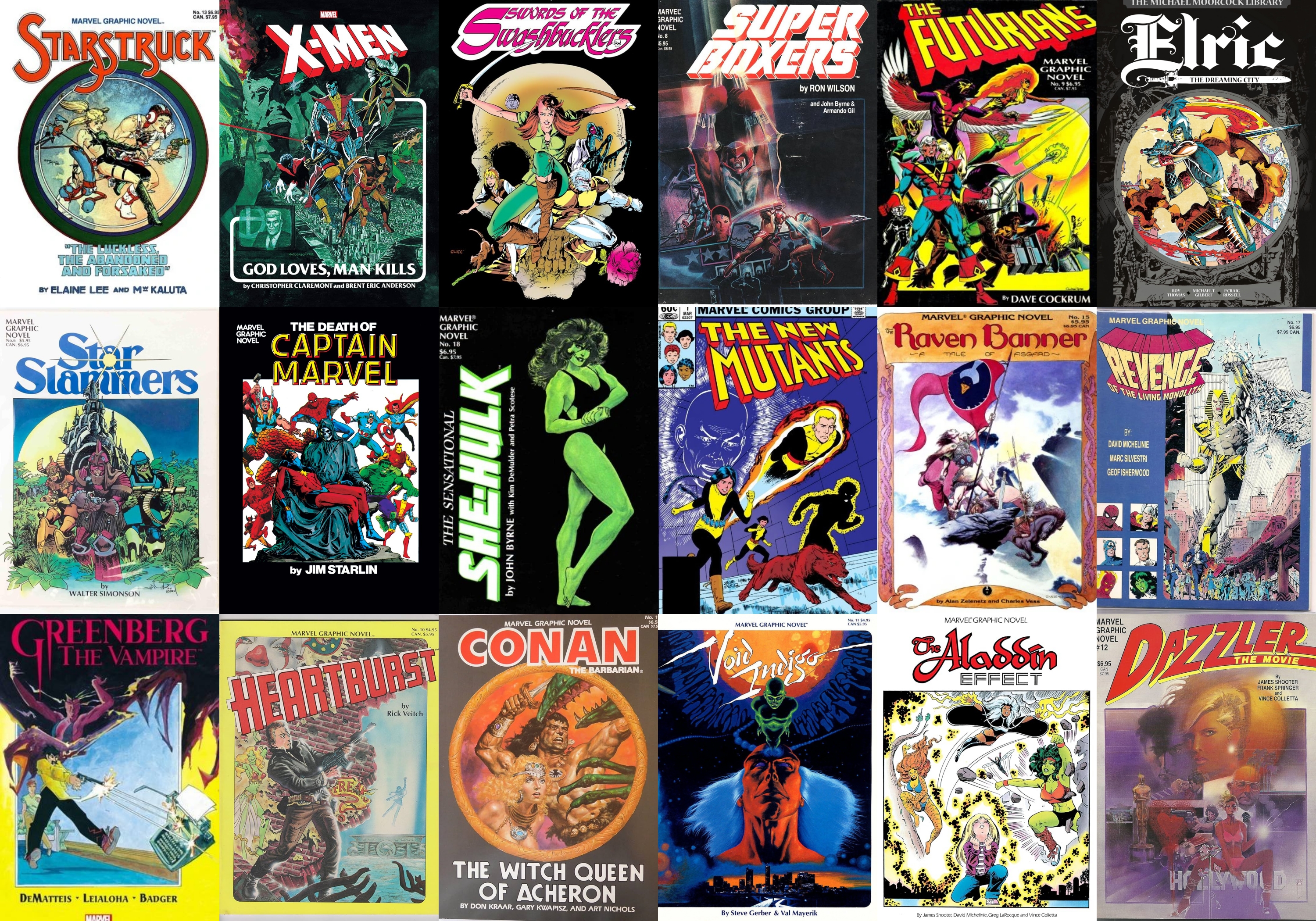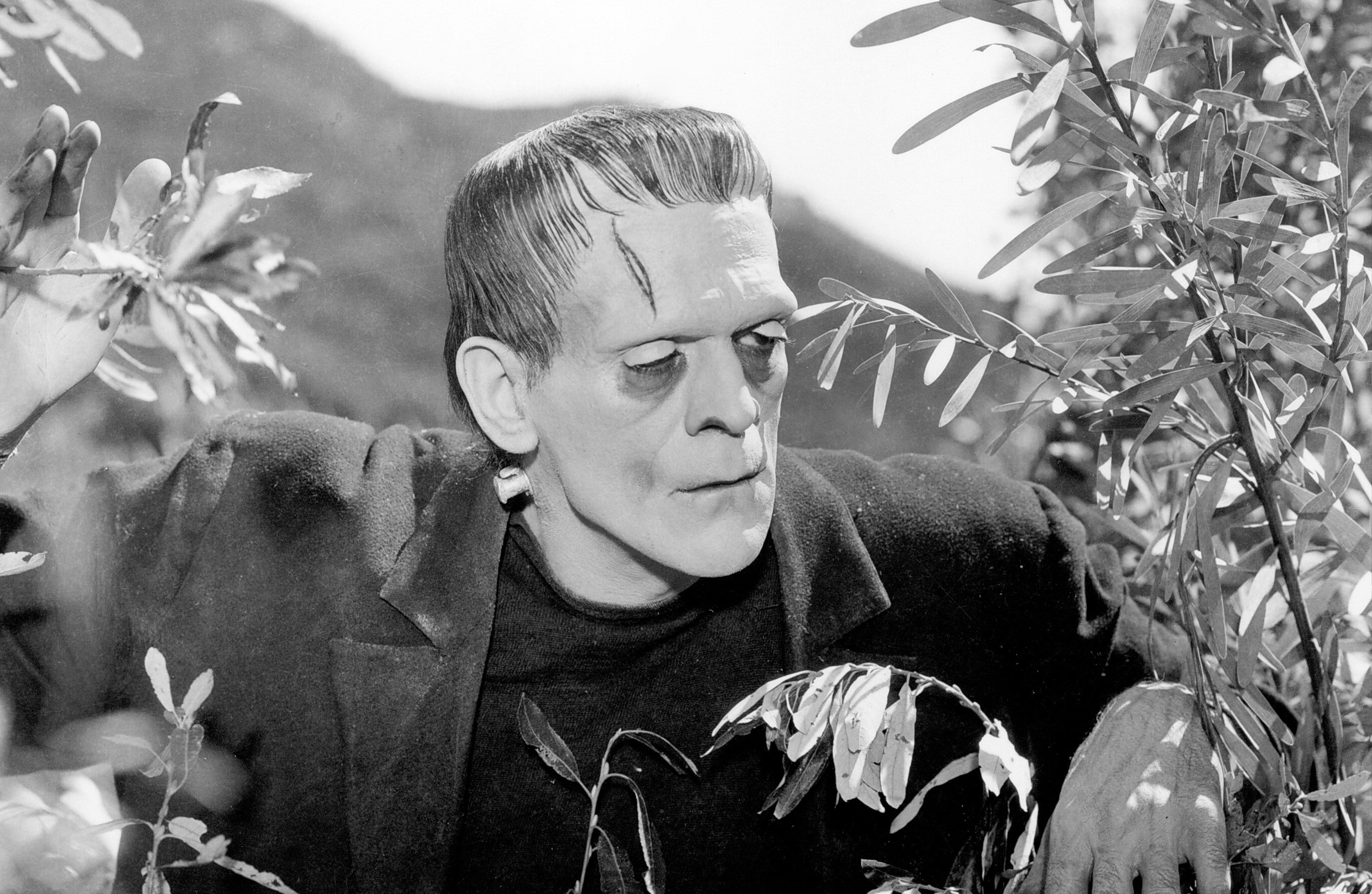The Mighty Thor: The Last Viking
Marvel Graphic Novel Collection
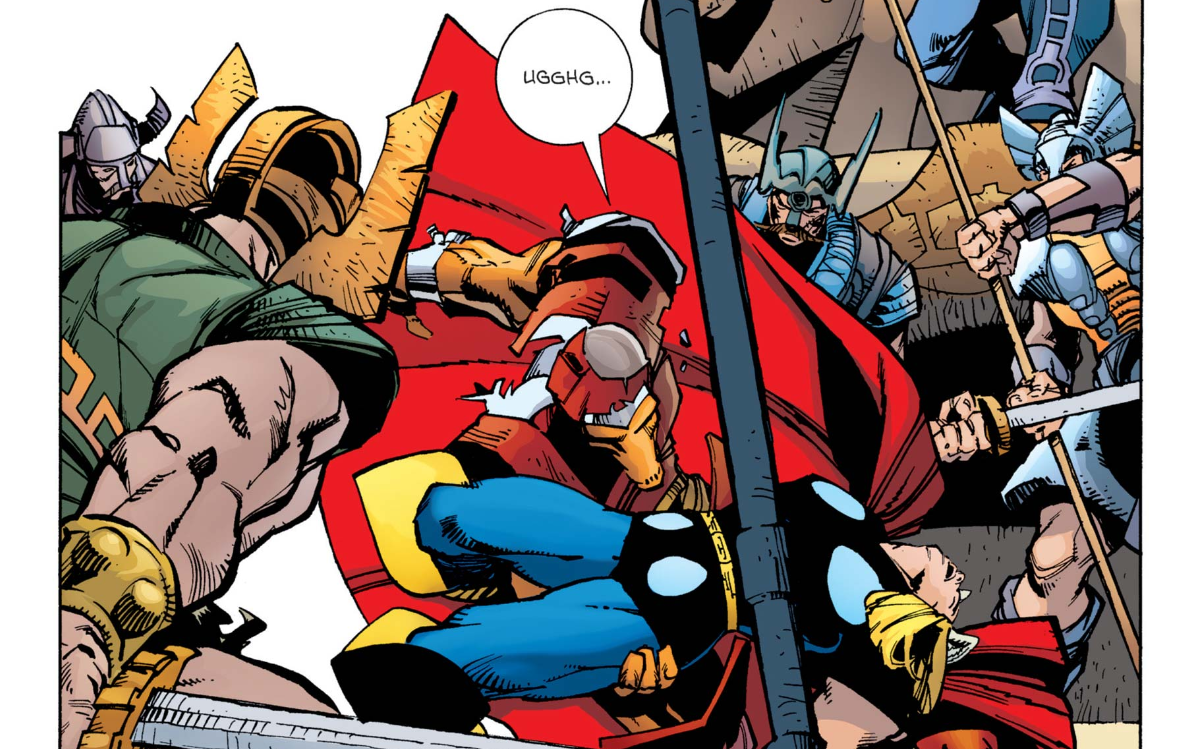
Every superhero comic has defining creators. At the time of writing, any X-Men comic not explicitly set in an alternate universe must factor in the works of writers such as Chris Claremont and Grant Morrison. The additions by these comic greats are so well-known and popularly accepted they become intrinsically more critical. For Marvel’s thunder god, there is perhaps no creator outside of Jack Kirby himself who breathed more life into the series than Walt Simonson and his lengthy run on The Mighty Thor. In 1983, Simonson wrote nearly fifty issues and did art for the first thirty. The first six issues, dubbed Thor: The Last Viking by some collected editions, resets the Asgardian and introduces both Simonson and the space alien horse hero, Beta Ray Bill.
Save Us Horseman
There are two partial arcs within the six-issue collection, with the first being the origins of Beta Ray Bill. Bill is an alien who looks to be some sort of muscular horseman and is partnered with a sentient spaceship. His absurdity is immediately obscured, as it is revealed he can also wield Mjolnir and gain the powers of Thor, which surprises the thunder god and even his father. The book introduces all new lore and history in the form of Bill and uses the alien’s unfamiliarity with the world of Thor as an excuse to rehash the basics of Asgard and its inhabitants.
While the series uses Bill’s viewpoint to ground the reader in Asgard, the alien’s history is laid out in a starkly different tone. The comic details the world, people, and ideas that Bill left behind in a successful attempt to get the reader invested in the new character. Bill feels fundamentally out of place, with his tragic baggage and changed body being the complete opposite of most Asgardians. He is a somber, off-putting figure surrounded by beautiful, larger-than-life warriors who seem to face generally no long-term consequences from their dangerous lives. The juxtaposition is vital in drawing readers into both the new stories from Simonson and the well-loved world of Marvel’s Norse mythology.
Bill’s ending in these issues is similar to his introduction in that they are playing off specific wordings and small twists ons known concepts. Bill enters by wielding Mjolnir and proving himself worthy in combat against Thor; he exits by accepting the enchantment that used to curse Thor into changing into a human. Bill reverts to a form that reflects his appearance before being modified to look like a horseman, gaining a sense of self that he thought was lost forever. These small subversions indicate how the book is starting to shift and reflect the vision of Simonson, who seems careful to work incrementally and within the bounds of the universe, even as he is rejuvenating a stagnating series.
Thor is Real Super, Man
Simonson starts strong across the board, with the world, side characters, and newly introduced story concepts all working together in stride. For the most part, the narrative doesn’t take too much time to re-establish known characters or even to integrate new ones, the book is intent on keeping a certain pace. The factor that works against this goal is the main character himself.
Thor is a uniquely unrelatable hero, especially in the realm of superhero comics. His stiff, semi Shakespearean speech, and loaded mythological background paint him as someone easy to admire but could be more seamless to connect with on a personal level. The partial response to this within the fiction has been Thor’s alter ego, Donald Blake, a human doctor who the god reverts when separated from his hammer, generally. These issues see Thor’s alternate form dismissed, and the Asgardian is softly rebooted into a more familiar framework, particularly one resembling Superman.
With his god persona permanent, Thor’s alter ego disguise is reduced to basically a pair of glasses, in the vein of Clark Kent. The comic references the iconic hero a couple of times in a single issue to hit the point home. The reset for the protagonist is one of the book's slower, more deliberate areas, but lays clever groundwork. There is a clear sense that on earth Thor is trending to adopt a traditional superhero lifestyle, without the magic alter ego hiccup. Rooting Thor’s earth life in known tropes is seemingly a good idea because the series has an entire other world and mythology to play with. These issues work to balance the focus in a way where both the wild lore-heavy Asgard can be explored without the book becoming too convoluted for new or tired readers.
The Last Viking
While the interactions with Beta Ray Bill may be the long-lasting focal point of these issues, the titular story is focused on something other than the alien. Instead, Thor answers the call from a lost viking who hopes to meet his end in battle against the thunder god and subsequently gain Valhalla. Here is another instance of the series playing with words and magical technicalities, though Thor does not allow the plan to go through. Thor resolves the situation by sharing some power with the old man as opposed to finishing him off, and the Last Viking dies in battle to help Thor in the final fight of the issues against the dragon Fafnir, earning Valhalla.
The two-issue arc shows Thor yet again sharing his power, as happened with Bill, which may not be hugely consequential but feels like an interesting recurring theme for the character. There is also a compelling idea at play where Thor is practically immortal and faces little physical threat, but those he cares about are much more vulnerable. This isn’t unique or new even at the time it came out, but it’s a way of creating stakes that is quite effective and timeless.
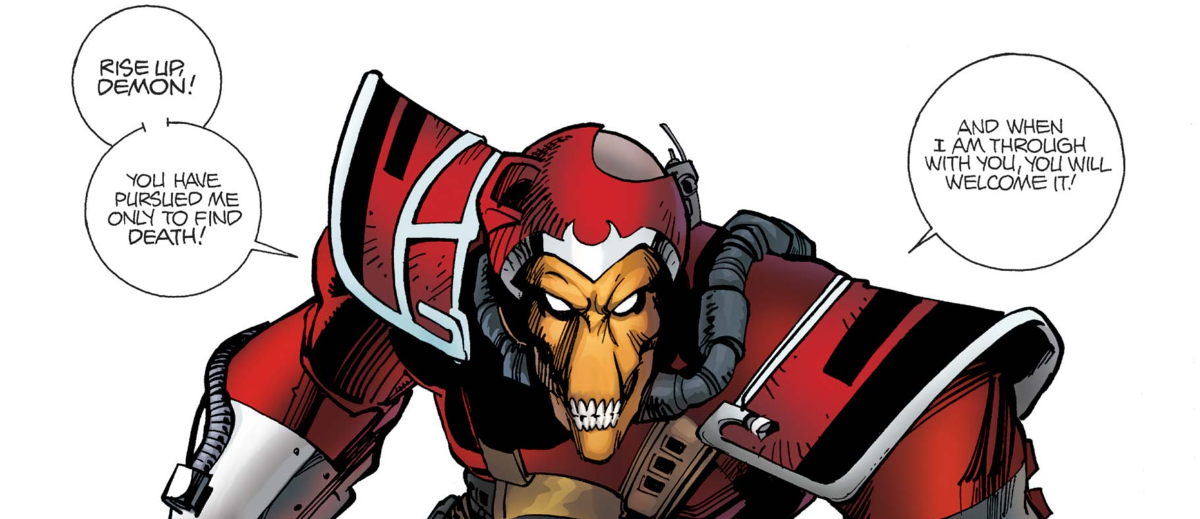
Conclusion
With his take on the Thor series, Simonson is asking a lot of the reader. He starts up multiple disconnected storylines, lives in the established lore, and infuses his own ideas wherever there is space. The outcome is a riveting ride that resembles the best Saturday morning cartoon, where even mom or dad gets a little invested in the narrative without trying. The art lives in the realm of cartoon shows, emphasizing characters and colors over more minor details, and gets better as the issues go. Simonson’s humor, pacing, and slight twists on expectations come together to create an excellent package of a standalone story and an even better jumping-in point for The Mighty Thor series as a whole.
Citation Station
- The Mighty Thor, #337-343, 1983, Walter Simonson (writer, artist, inker), George Roussos (colorist), John Workman (letterer), Terry Austin (inker), Christian Scheele (colorist).

